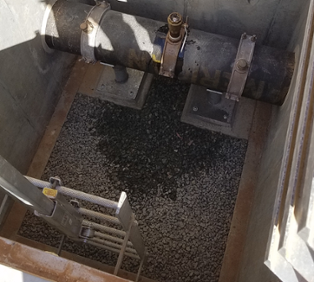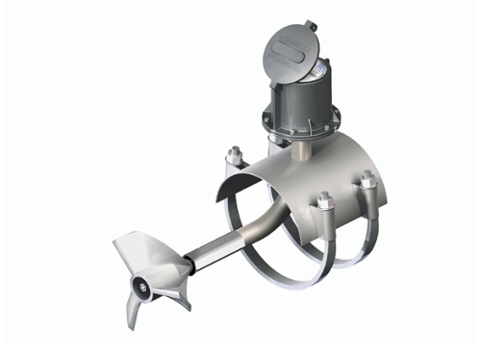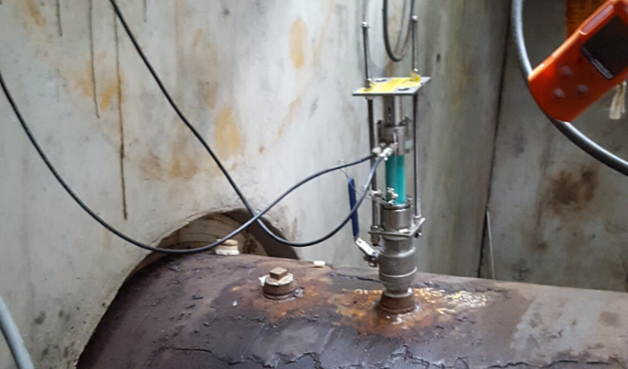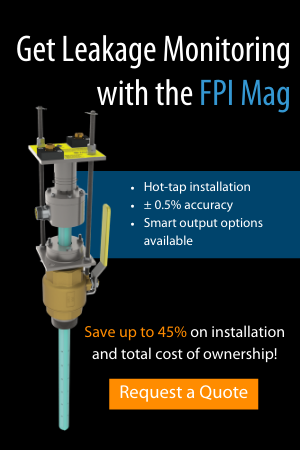New Infrastructure Law Provides Utilities Opportunity To Invest In Water Loss Prevention
In the United States alone, an estimated 6 billion gallons of treated water are lost every day, mainly due to leaks and aging infrastructure. This not only wastes a precious resource — one that is growing increasingly scarce as climate change intensifies — it wastes thousands of dollars that utilities can’t afford to lose.
To start to tackle this problem, President Biden signed the Infrastructure Investment & Jobs Act into law in the fall of 2021, allotting $50 billion specifically to improve the nation’s drinking water and wastewater systems. This marks the single largest investment in clean water ever made by the federal government.
The passing of this law is a game-changer for the water industry, said Tim Door, Vertical Marketing Manager, Municipal Water at McCrometer.
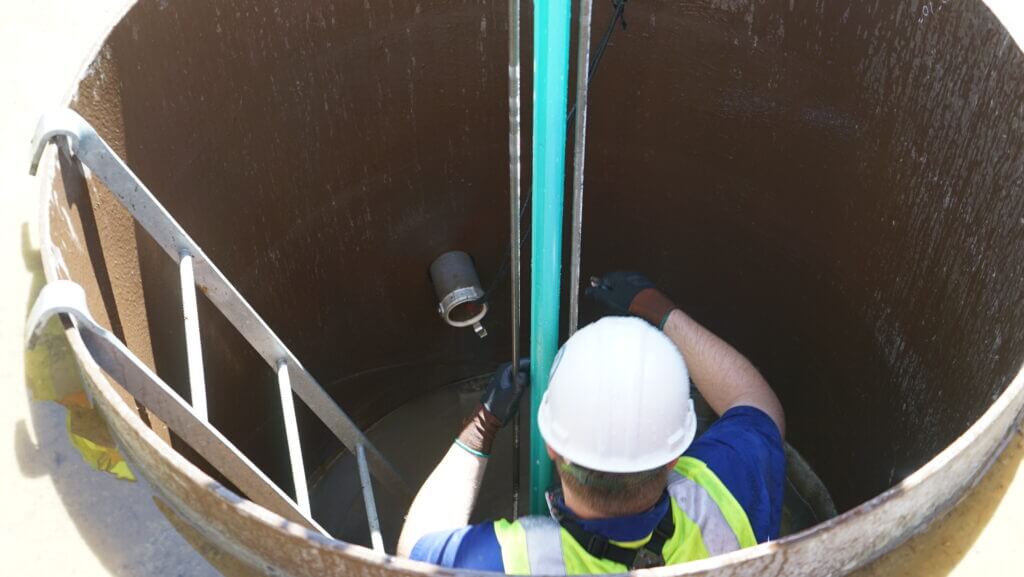
“Historically, we haven’t invested in our infrastructure as well as we could have,” said Door. “On top of that, our infrastructure is coping with a growing population that is growing at a frantic rate in certain parts of the U.S. And we are trying to keep on top of our aging infrastructure, parts of which are 150 years old and even older. The fact that the government has decided to release some long-needed investment in the infrastructure of our vastly under-maintained, overused system is brilliant.”
Part of the funding is allotted towards improving the operational sustainability of small public water systems that serve fewer than 10,000 people. The act defines operational sustainability as “the ability to improve the operation of a small system through the identification and prevention of potable water loss due to leaks, breaks, and other metering or infrastructure failures.” Organizations that receive funding must use those funds to carry out projects that improve the operational sustainability of their systems, such as deploying leak detection and metering technology.
“This funding is incredibly important for those smaller utilities and smaller cities to be able to make sure that they can bring their infrastructure up to the current standards or the current best practice,” said Door.
Spreading the Word
McCrometer has been working to spread information about the Infrastructure Investment & Jobs Act and educate utilities on what technologies might be worthwhile for them to invest in to meet the requirements for improving operational sustainability.
“We are working with utilities to make sure they’re aware the money is available and how that’s actually being provided from the government at both the federal and state level,” said Door. “We are also working to understand what project needs are for utilities, where our products can be used on those projects, how we can help them meet the timescales of what they need to do, and whether they should be using different types of assets on different types of projects. We’re not pushing people to use our equipment; we’re just making sure that people are aware that they have choices.”
The overarching goal is to help cities and municipalities become more sustainable and environmentally efficient. Preventing water loss is a key way to achieve that goal.
To do that, it is important that utilities expand their understanding of exactly where all the water in their system is going. McCrometer has been working with utilities to help them gather more data than ever before.
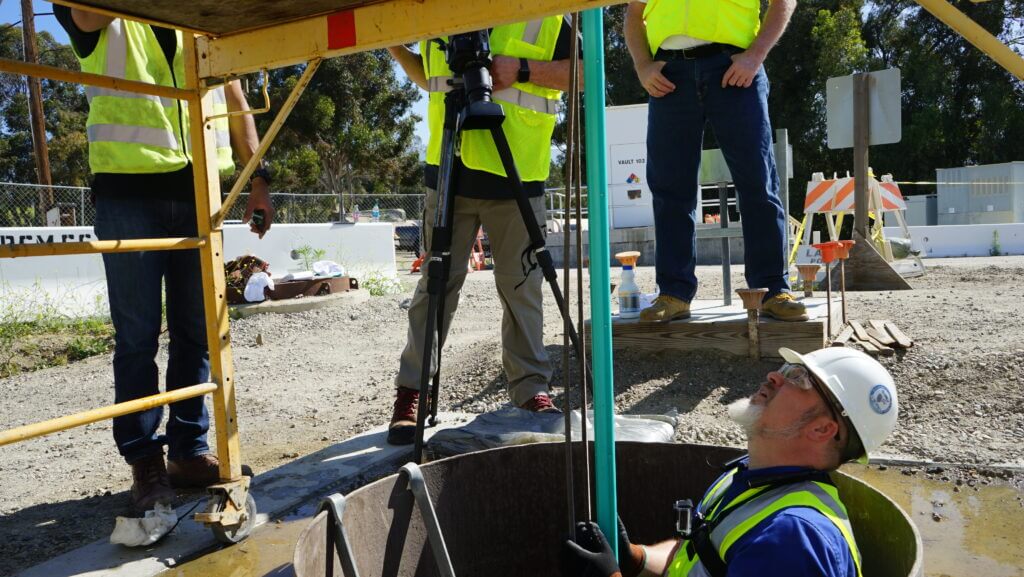
“We’ve got a pretty good idea of the main parts of the cities as to what is going on and we’re starting to delve in a bit and deepen our understanding of exactly where in that area we would like more measurement points,” said Door. “When it’s far more complex, or far more spread out, we need to be able to measure in more remote areas than we ever did before. That’s where we’ve got an existing infrastructure and the cost of putting some of these large pipes, building big chambers, putting in large valves, putting very large flow meters, is really cost-prohibitive.”
While utilities may have access to the newly available funding from the Infrastructure Investment & Jobs Act, that funding will only go so far, so utilities will need to be very strategic about how they utilize it, said Door.
“We need alternative solutions which will cost much less and actually reduce our costs in terms of infrastructure, health and safety, and quality,” he said.
The Next Generation of Mag Meters
McCrometer’s full-profile insertion (FPI) electromagnetic flow meter (mag meter) is one such cost-saving solution. While it rivals the performance of full-bore mags in terms of accuracy, it doesn’t require the water flow to be shut off. This saves utilities a significant amount of time and expense.
“We’ve got an aging infrastructure, we’ve got a need to get more measurement in, but we can’t and we don’t want to shut the flow off,” said Door. “We cannot afford to have a city without water for a day. We just can’t do it, especially now that more and more people are working from home because of the pandemic.”
To install, the meter is inserted through a saddle that goes around the pipe and through a hole which is tapped by the municipality. A valve is then placed on it and the meter is inserted into the pipe. This ‘hot tap’ installation means the meter can be installed without interrupting service, de-watering lines, cutting pipe, welding flanges, or inconveniencing customers. The whole process is quick — taking approximately 20 minutes — and requires significantly less labor than traditional mag flow meters that require water shutoff for installation.
“It really goes back to total cost of ownership,” said Door. “If you were to add everything up — how much an engineer costs for eight hours of his time, multiplied by three engineers, then there’s a crane operator, a crane, putting a chamber in, and construction costs — if you listed it all out and compared that traditional solution and a full-bore flow meter, you’ll find that you save yourself around about 45% straight off the bat with the FPI. So, it is a massive, massive cost savings for the customer in terms of what they’re trying to achieve.”
The cost savings also continues for the life of the product, as the FPI Mag can be easily removed for inspection, cleaning, or calibration, if that is mandated by the applicable regulatory authority.
Flexibility
In addition to cost savings, the FPI Mag offers increased flexibility. It can be used on virtually any sized pipe, from 4” to 138”. It is also available in battery- or solar-powered options for forward and bidirectional flow sensors, enabling installation in remote applications without access to power. The Smart Output feature allows the FPI Mag to connect to AMI/AMR systems through an encoded digital output.
“It just gives you that flexibility whether you are measuring a reservoir, which might be a remote reservoir up in the hill somewhere, miles away from anywhere, or a trunk main outside in the elements,” said Door.
Improved Accuracy
The meter’s advanced sensor features multiple coils and electrodes assembled in a tube that inserts completely into the pipe to measure the full profile of the flow stream, providing exceptional accuracy even in challenging flow conditions. It meets or exceeds exacting industry standards of up to ±0.5% accuracy.
“The FPI has multiple electrodes rather than just the standard set of electrodes you’d find on a full bore, which means it’s measuring the velocity of the water going through the pipe at all the different positions and we can get a much more accurate flow measurement across the pipe,” said Door. “You are getting the ease of an insertion flow meter but you’re still getting the accuracy, you would expect to get with a traditional full-bore meter. It’s completely a game-changer.”
Supporting American Business
Utilities that apply and are approved for Infrastructure Investment & Jobs Act funding are going to need to make a lot of decisions about how to spend the money wisely and efficiently. Door hopes that the FPI Mag meter is a solution that can help them improve their operational sustainability.
“We’re an American company serving our American customers, looking after them with technology which was designed, developed, and manufactured in the U.S.,” said Door. “What could be better, when looking at the U.S Infrastructure Act and upgrades that improve your plant sustainability and environmental impact for your city, than using technology which is made in America, supported by American teams, and is supporting American communities. It’s just a great fit.”
Related Posts
Featured Posts
3 Reasons Why Budget-Focused Farmers Invest in Integrated Telemetry
Allocating budget to flow technology may seem unjustifiable when funds are tight; flow meters and their electronics may already be installed, giving no reason to replace or add additional units when the current solution is in fine working condition. However, flow...
Small Package, Big Impact: The Importance of Desiccant Cartridge Maintenance
You’ve likely seen a desiccant cartridge, in the form of the small silica gel packet accompanying food products, or the activated carbon packet at the top of pharmaceutical bottles. It’s also commonly used in electronics and near sensors, especially for...
Meeting BABA Compliance and Expanding Opportunities
Content Recorded and Published at WEFTEC in October 2024 In this episode of The Water Online Show: On Location, (now former) McCrometer President Pete Oveson dives into the company's story and recent developments shaping its future. He begins with an overview of...
Request More Information

